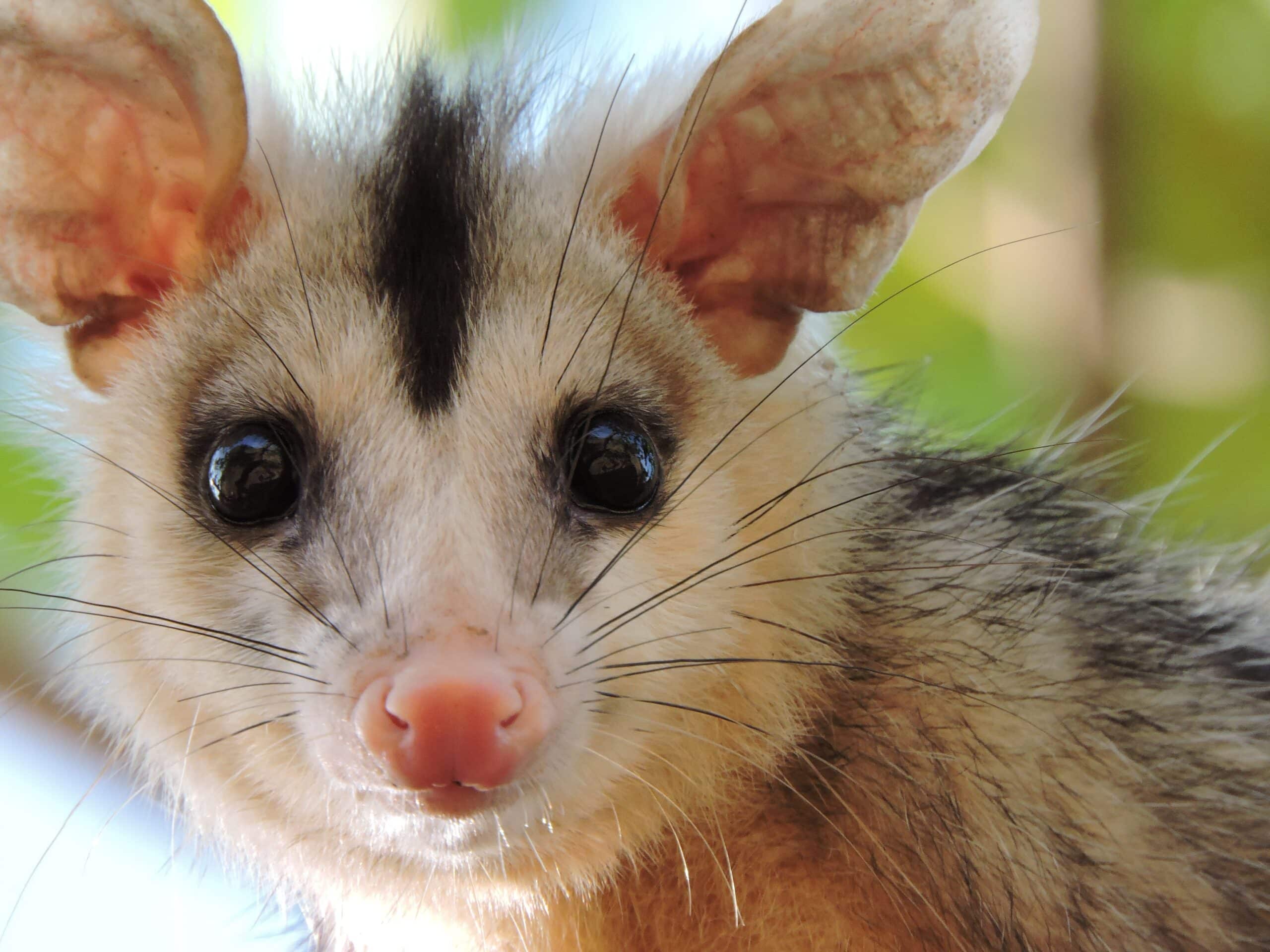
Welcome to the wild and wonderful world of elephants! Here, you’ll take a closer look at these majestic creatures and the behavior, habitat, and conservation efforts that affect them.
From their unique group dynamics to how they interact with their environment, understanding more about elephants can help us appreciate their complexity and importance on our planet.
So get ready to take a journey into the fascinating world of elephants in the wild!
Introduction to Elephants in the Wild
Many people know elephants as gentle giants integral to African landscapes, but few truly understand the fascinating behaviors exhibited by these majestic creatures in their natural habitats. From social relationships to avoidance of predators, so much of what makes elephants unique occurs in the wild and away from the gaze of humans.
In this guide, we’ll take an in-depth look at elephants in the wild and explore why they’re so fascinating. We’ll discuss them:
- Diet and eating habits
- Social relationships
- Behavior in response to threats
- Migratory patterns
By understanding just a little more about these remarkable animals, we can better appreciate them as essential elements of our global ecosystem.
Elephant Behavior and Social Structure
Elephants are brilliant and social animals, capable of a wide range of emotions. They live in highly structured social units and have complex language allowing them to communicate with one another.
They primarily inhabit savanna grasslands, open woodlands, and tropical forests in the wild. Their social structure can differ somewhat depending on the home range size or the area they occupy. Smaller herds comprise only a few related females—typically those belonging to an extended family—and their young offspring. Larger packs tend to be composed of many unrelated females and some males who join temporarily when searching for mates.
Within their communities, elephants form close bonds that last a lifetime; they carry out complex behaviors such as grooming one another and caring for older or sick individuals in the group. Adult females are generally at the center of these family units; their strong and supportive presence creates stability and cohesion among members. These matriarchs also help teach younger generations valuable skills such as finding food sources, identifying safe areas for habitat during seasonal dry spells, recognizing danger signals in nature that denote approaching predators, etc.
Moreover, elephants share strong emotions such as joy upon seeing long-separated loved ones again and grief at the passing of other members in a herd—illustrating their ability to think deeply. Remarkably powerful vocalizations also allow them to connect with distant relatives over great distances so that related members can occasionally come together and reunite for brief timescales before returning to different parts of an elephant’s home range once more.
Elephant Diet and Nutrition
Elephants can be found in many habitats, including grasslands, savannas, and deciduous and evergreen forests. Despite their size and strength, they are incredibly graceful animals whose diet primarily consists of grasses, leaves, bark, and twigs. These massive mammals also consume various fruits, roots, and tubers; some elephant species have been known to eat up to 300 pounds of food daily.
Regarding nutrition, an adult elephant needs an estimated 50-150 gallons of water daily for their normal physiology. Elephants will typically drink about 175 liters (nearly 46 gallons) each day but can also drink more than that if needed for survival during periods of extreme heat or drought. Also crucial for their health is the selection of minerals from various salt licks throughout their range. When feeding on mineral licks, elephants sometimes consume over 10 kg (22 lb) per session; however, they may limit the size or duration depending on how much salt they need in the diet or if there is competition from other animals.
Interestingly, elephants tend to feed more during nighttime when there is less competition with other species, such as antelopes or zebras. Elephants frequently graze while walking – they move slowly while carefully searching out edible plants. They may browse up to 18 hours a day in areas with abundant vegetation that meet their nutritional needs year-round.
Elephant Habitat and Range
Elephants require a large amount of habitat space; an adult male can weigh anywhere from 3,500 to 6,500 pounds and roam large distances looking for food and mates. In the wild, elephants primarily inhabit savannahs, grasslands, tropical semi-deciduous forests, and woodlands. Asian elephants live throughout India and Southeast Asia, while African elephants range from the edges of the Sahara Desert in West Africa to Sub-Saharan Africa.
African forest elephants are found in Central Africa’s rainforests, while African bush elephants prefer grasslands and savannas. Both African species live in closed-canopy forests during dry months when food sources are scarce outside the forest edges. Though they often move in search of food or mates, they tend to stay relatively close to areas that provide reliable water sources.
Elephants use long-distance communication via low infrasound rumblings, which travel hundreds of kilometers in their habitats and are also used for refuge finding during migration and settling intrusion disputes between other elephant herds. Elephant awareness of distant resources relies on their extended vocal audible communication network, allowing them an efficient address system when coordinated entry into limited resources is needed.
Human Impact on Elephant Populations
Humans are one of the biggest threats to elephant populations across the globe. Habitat destruction due to logging, farming, and urbanization is one of the most direct ways humans impact elephant populations and their behavior. As humans encroach on wild habitats, elephants and other animals must adapt to shrinking space and resources.
In some cases, human-induced changes to habitat can result in additional conflict between elephants and humans for resources or mutual space. Limited natural habitat means competition for food and water access increases among different animals and even between neighboring human communities.
In addition to habitat destruction, elephant populations face poaching and illegal trade for ivory products. Many elephants are killed yearly as people seek tusks for personal and commercial use in jewelry, artwork, traditional ceremonial items, ornaments, and souvenirs. The poaching of elephant tusks has had a devastating effect on wild populations due to the slow rate at which new tusks grow back once they have been taken from an elephant’s skull.
The illegal trade of ivory products is heavily regulated to protect endangered species but continues to pressure vulnerable elephant populations despite legal prohibitions. There are also cultural challenges associated with traditional practices like crop raiding in parts of Africa where crop protection strategies often involve:
- Killing problem elephants
- Using spears or guns against them when they come into contact with farmers’ fields or villages too often.
Elephant Conservation and Protection
The conservation and protection of elephants are an integral part of protecting our natural environment. Elephants are highly intelligent, social animals and keystone species that play an essential role in maintaining biodiversity. Human activities, such as the illegal trade of ivory, habitat destruction, and fragmentation, have caused a severe decline in the number of wild elephants over the past several decades.
The formation of wildlife corridors is one approach to elephant conservation that strives to protect populations while minimizing human-elephant conflict. Wildlife corridors are sections of land or waterway that connect two larger bodies and are large enough to allow animals to move freely between areas suitable for their needs. When protected correctly, they can be used as travel routes for migrating elephants, which helps prevent their herds’ death, displacement, and fragmentation.
Other elephant conservation methods include anti-poaching campaigns targeting illegal hunters, educational initiatives designed to raise awareness among communities living near elephant habitats, and improved management approaches for dealing with human-elephant conflicts.
The importance of protecting elephants cannot be overstated; it not only ensures their future but also contributes to maintaining ecosystems all over the world. Conservationists and advocates hope that through better understanding our elephants’ behavior and providing safer migration routes, we can secure the long-term future for wild herds around the globe.
Elephant Interactions with Other Species
Elephants face many threats in natural habitats, including poaching, habitat destruction, and human-elephant conflict. Additionally, the interactions of elephants with other species in their environment can be complex and often involve competition for resources. Elephants can significantly affect the structure and function of their ecosystems by changing vegetation types through selective feeding, creating favorable habitats for large mammals by opening grasslands with their tusks, or digging waterholes with their trunks.
Elephants impact other species through direct preying, such as consuming birds’ eggs or larvae, or indirectly as they knock down dead trees to open up areas suitable for smaller animals. For example, they can divert streams creating habitable marshes populated by amphibians and reptiles. Furthermore, dung beetles may use elephant droppings as a food source. At the same time, cats and honey badgers may follow larger mammals, such as elephants scavenging off carcasses left behind when the elephants feed on carcasses of larger mammal species like buffalo.
Elephants also affect different bird species indirectly; some birds may benefit from vegetation disturbance caused by elephant tusks, while others may take advantage of disturbed soil created from wallowing holes left by elephants searching for water. Elephants are essential as seed dispersers in many forests, allowing tree species such as Acacia to regenerate after years of heavy human-hungry pressure. Living alongside elephants has its advantages but can still be dangerous; smaller wild animals exercise caution when living around large concentrations of elephant herds that protect their calves from predators that could harm them.
Conclusion
As this overview illustrates, wild elephants lead complex, social lives. They form herds, communicate with each other through various methods, and use their incredible strength to travel in search of food. Unfortunately, as human populations have grown and development has increased, elephant habitats have been fragmented and destroyed.
As a result, elephants now face loss of food sources, culling, and habitat encroachment by humans. Conservation efforts worldwide have begun to counteract the effects of human development; however, there is still much work to be done to reduce conflict between humans and elephants and restore these unique creatures’ habitats.
With continued research into the behavior, biology, and ecology of elephants, we can improve our understanding of how best to protect them for future generations.





